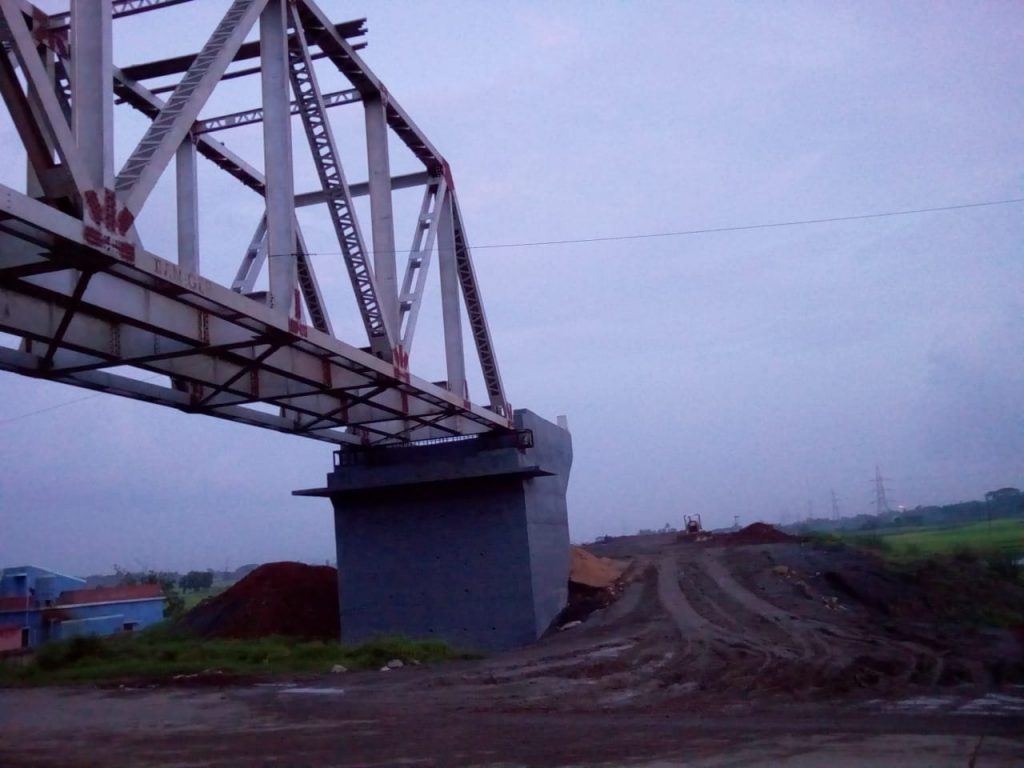Paradip: The construction of Paradip-Haridaspur railway line has been hit with controversy again with the National Green Tribunal (NGT) stopping the project on the basis of an environmental impact assessment (EIA) report and various alleged irregularities.
Sources said, one Sashibhushan Pattanayak had filed a petition with the NGT citing various irregularities involved in the construction of the project. On the basis of the plaint, a case (No-55/2018) was registered.
At the behest of the NGT, a four-member team was formed to investigate into the allegations. A doctor of the SCB Medical College and Hospital in Cuttack, two officials of the State Agriculture and Horticulture Departments and one official from the Odisha State Pollution Control Board formed the team.
The team placed its report August 9. The team has mentioned about several irregularities they noticed in the construction of the railway line.
In the report it has been mentioned that land is being excavated without permission from the concerned department. The reports of the tehsildars of areas in Kendrapara district through which the 40-kilometre long line is being laid lack congruity. Necessary assessment as to how agriculture, soil and lifestyle are going to be affected has also not been carried out.
On the basis of this report, the NGT has decided to impose a fine for carrying excavation without permission on the firm involved in the project.
The 40 kilometres long track is incidentally the first railway line in Kendrapara district. It is worth mentioning, the railway line is 81 kilometres long in total and the government has been trying for its completion since 2009.
Controversies and cost escalation in the Railway Budgets has inordinately delayed the project. The Railway Ministry had announced in July that the track will be operational by December 2019. Even a trial run has already been conducted on portions of the track.
Even as the construction work is being carried out on a war footing, the NGT’s recent order will certainly affect the commissioning of the project.
PNN
